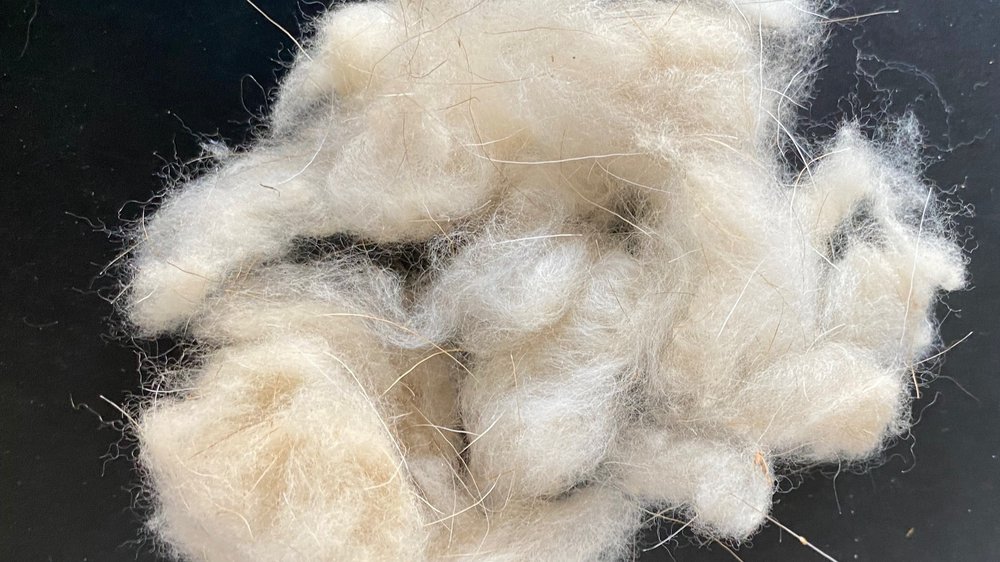Discovering the Various Sorts Of Cashmere a Natural Fiber for Ultimate Luxury
Cashmere, a natural fiber, is often connected with luxury and comfort. The much more inexpensive Chinese cashmere, the traditional Scottish variation, and the premium Italian blend, all tell a various story of this exceptional fiber.
Recognizing the Glamorous Nature of Cashmere
Cashmere, typically related to deluxe and comfort, holds an unique appeal on the planet of all-natural fibers. This soft, lightweight product is fancied for its remarkable warmth and impressive toughness. Unlike other all-natural fibers, cashmere combines insulation with breathability, offering exceptional convenience across varying temperatures. Its glossy coating and soft texture add to its high-end allure, justifying the premium price that frequently features cashmere garments. In addition, cashmere's inherent crease resistance and elasticity enhance its desirability, making it a favored choice for costs apparel and accessories. Despite its delicate look, cashmere has a shocking resilience, able to preserve its shape and extravagant feel over time. This one-of-a-kind mix of features cements cashmere's placement as a symbol of elegance and indulgence.
Simply What Is Cashmere and Where Does It Come From?

Cashmere is acquired from the soft undercoat of cashmere goats, largely found in Mongolia, China, Iran, and Afghanistan. This precise process adds to the shortage and high price of cashmere. With its beginning in the extreme landscapes of Asia, cashmere is a testimony to nature's capacity to generate deluxe from difficulty.
Translating the Various Kinds of Cashmere
Recognizing the various sorts of cashmere is vital to valuing the high quality and special attributes of this lavish textile. Normally, cashmere is classified into three kinds: raw, virgin, and reused. Raw cashmere is directly obtained from the goat and is unrefined. This kind commonly consists of pollutants such as dirt and crude hair. Virgin cashmere, on the other hand, is the pure, unrecycled material that is rotated right into yarn for the first time. It is the softest and most elegant. Finally, recycled cashmere is made from virgin product that has actually been previously used. It is re-spun and utilized in producing lower-cost cashmere items. Deciphering these types is the very first step in understanding the exclusivity and worth of cashmere.

The Unique Qualities of Each Type of Cashmere
Having explored the different categories of cashmere, it emerges that each type boasts its unique collection of features. Mongolian cashmere, as an example, is renowned for its premium top quality, because of Mongolia's extreme wintertimes that create longer and finer fibers. On the other hand, Chinese cashmere is typically much more economical, though its much shorter fibers their website can lower toughness. Scottish cashmere is commemorated for its beautiful softness, an outcome of the typical water cleaning process making use of Scotland's soft water. Italian cashmere, at the same time, is renowned for its masterful blending and tinting methods, rendering it vibrant and functional. Last but not least, Indian cashmere, likewise referred to as Pashmina, is valued for its extraordinary lightness and heat. Each type, therefore, adds to the textile's credibility for deluxe.
Why Cashmere Is the Epitome of High-end in vogue
Cashmere holds an esteemed position in the globe of fashion, pertained to as a sign of deluxe and refinement (is cashmere a natural fiber). Cashmere is acquired from the great undercoat of Himalayan goats, understood for their remarkable high quality fiber. Cashmere's unrivaled convenience and blog durability make it a sought-after material in the production of premium garments.
The Process of Making Cashmere: From Goat to Garment
The journey of cashmere, from being an undercoat of a Himalayan goat to an elegant garment, is an elaborate one. With the advent of springtime, farmers in Mongolia and China accumulate the wool by combing the goats, making certain no harm is done. The obtained wool is composed of rugged outer hair and soft downy undercoat. This mix is after that fastidiously separated, with just the soft down utilized for cashmere. This raw cashmere is washed, colored and spun into thread. The yarn is then woven or knitted right into materials. The continue reading this last action involves cleaning and pushing to provide the fabric its particular gentleness and heat. From goat to garment, each step is a testament to the skill, virtuosity and persistence associated with crafting cashmere.

Final Thought
Finally, cashmere, with its natural sophistication and unrivaled comfort, preponderates on the planet of high-end fashion. The variety in types, varying from the soft Mongolian, light-weight Indian Pashmina, cost effective Chinese, standard Scottish, to the vibrant Italian, reveals the convenience of this natural fiber. The scrupulous procedure of transforming it from a goat to a garment additionally adds to its exclusivity, making cashmere the embodiment of class and luxury.
Cashmere, an all-natural fiber, is often associated with high-end and comfort (is cashmere a natural fiber).Cashmere, commonly connected with deluxe and comfort, holds an one-of-a-kind appeal in the world of natural fibers. Unlike various other natural fibers, cashmere combines insulation with breathability, supplying exceptional convenience across differing temperatures. Cashmere is acquired from the soft undercoat of cashmere goats, primarily discovered in Mongolia, China, Iran, and Afghanistan. Cashmere is derived from the fine undercoat of Himalayan goats, recognized for their exceptional top quality fiber